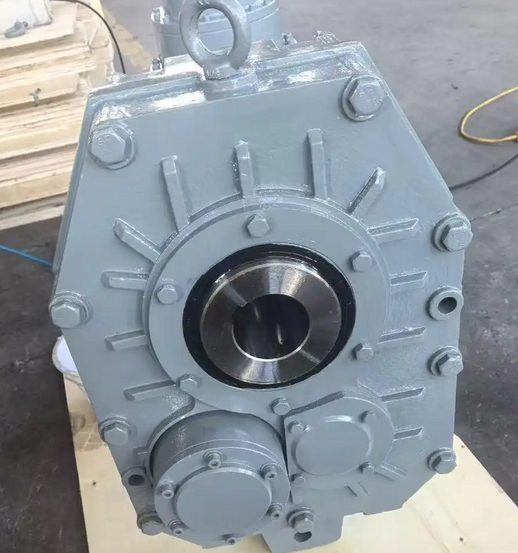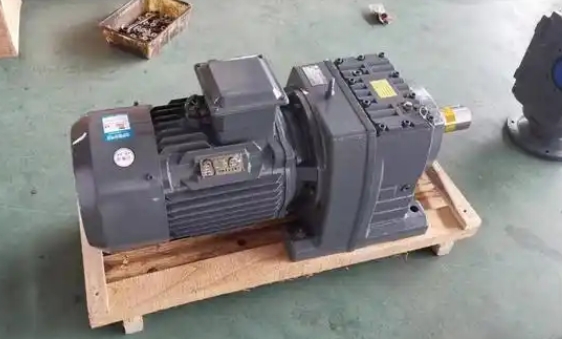What are the reasons for abnormal vibration of ZJY250-15-S shaft mounted gear reducer
The main reasons for abnormal vibration of ZJY250-15-S shaft mounted gear reducer are mechanical failure, improper installation, lubrication problems, etc., as follows:Mechanical component failure:
Gear problem: Gears are prone to wear, pitting, peeling, or cracking after prolonged operation, which can lead to a decrease in meshing accuracy and vibration. In addition, low precision in gear manufacturing, installation errors, or loose gears can cause excessive clearance between gears, which can also lead to vibration.

Bearing problem: Bearings are the key to supporting rotating components. If the bearings are worn, poorly lubricated, have excessive or insufficient clearance, loosen or break, it will cause unstable rotation and subsequently cause vibration in the gearbox.
Unbalanced rotating components: If the mass distribution of the impeller, shaft and other rotating components of the reducer is uneven, there may be dynamic or static imbalance, which will generate centrifugal force during rotation and cause vibration.
Deformation of the machine base or end cover: After long-term operation of the reducer, important supporting components such as the machine base and end cover may deform, affecting the installation accuracy and operational stability of the components, leading to vibration.
Installation issues:
Loose or broken anchor bolts: Loose or broken anchor bolts can cause unstable support for the gearbox, making it prone to displacement or overturning, resulting in severe vibration.
Poor alignment: Inaccurate alignment between the reducer and the drive motor or other connected equipment can generate significant radial and axial forces, leading to vibration and noise.
Lubrication system issues:
Insufficient oil: Insufficient lubricating oil can cause poor lubrication, resulting in dry or semi dry friction between transmission components, inducing vibration and noise.
Oil contamination and deterioration: Lubricating oil may deteriorate, mix impurities or moisture, reduce lubrication and wear resistance, accelerate component wear, and cause vibration due to long-term use or environmental impact.
Improper oil type: If the selected lubricating oil does not meet the requirements of the gearbox and cannot provide good lubrication effect, it will increase the friction of components such as gears and bearings, causing vibration.
Load problem: If the load borne by the reducer exceeds its rated load, or if there are significant fluctuations and imbalances in the load, it will increase the operating pressure of the reducer, leading to abnormal vibration.
External environmental impact: If there are other vibration sources near the gearbox, their vibrations may be transmitted to the gearbox, causing it to vibrate. In addition, the gearbox is subjected to external impact forces during operation, such as machine vibrations, impacts, etc., which can also generate vibrations.
Electromagnetic force imbalance (if connected to a motor): If the reducer is connected to the motor, uneven air gap or damaged rotor coil may cause electromagnetic force imbalance, generate unstable magnetic field, and cause vibration of the reducer.


